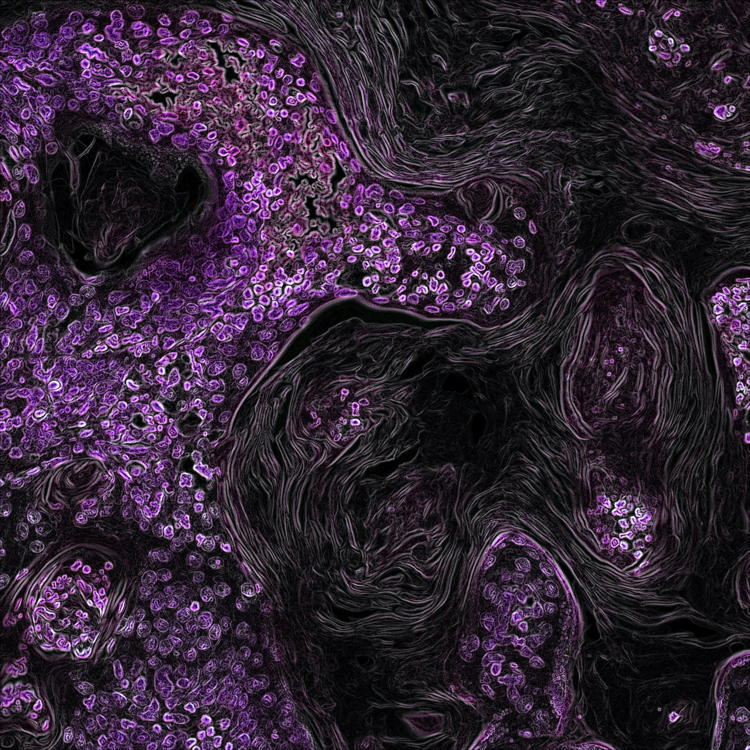Emodin improves renal fibrosis in chronic kidney disease by regulating mitochondrial homeostasis through the mediation of peroxisome proliferator-activated receptor-gamma coactivator-1 alpha (PGC-1α)
Submitted: 20 November 2023
Accepted: 27 March 2024
Published: 13 May 2024
Accepted: 27 March 2024
Abstract Views: 683
PDF: 285
HTML: 8
HTML: 8
Publisher's note
All claims expressed in this article are solely those of the authors and do not necessarily represent those of their affiliated organizations, or those of the publisher, the editors and the reviewers. Any product that may be evaluated in this article or claim that may be made by its manufacturer is not guaranteed or endorsed by the publisher.
All claims expressed in this article are solely those of the authors and do not necessarily represent those of their affiliated organizations, or those of the publisher, the editors and the reviewers. Any product that may be evaluated in this article or claim that may be made by its manufacturer is not guaranteed or endorsed by the publisher.
Similar Articles
- Zhijiang Chen, Huili Wang, Bin Hu, Xinxin Chen, Meiyu Zheng, Lili Liang, Juanjuan Lyu, Qiyi Zeng, Transcription factor nuclear factor erythroid 2 p45-related factor 2 (NRF2) ameliorates sepsis-associated acute kidney injury by maintaining mitochondrial homeostasis and improving the mitochondrial function , European Journal of Histochemistry: Vol. 66 No. 3 (2022)
- Zhi Wang, Guihua Jian, Teng Chen, Yiping Chen, Junhui Li, Niansong Wang, The Qi-Bang-Yi-Shen formula ameliorates renal dysfunction and fibrosis in rats with diabetic kidney disease via regulating PI3K/AKT, ERK and PPARγ signaling pathways , European Journal of Histochemistry: Vol. 67 No. 1 (2023)
- Federico Angelo Cazzaniga, Edoardo Bistaffa, Chiara Maria Giulia De Luca, Giuseppe Bufano, Antonio Indaco, Giorgio Giaccone, Fabio Moda, Sporadic Creutzfeldt-Jakob disease: Real-Time Quaking Induced Conversion (RT-QuIC) assay represents a major diagnostic advance , European Journal of Histochemistry: Vol. 65 No. s1 (2021): Special Collection on Advances in Neuromorphology in Health and Disease
- I. Golic, K. Velickovic, M. Markelic, A. Stancic, A. Jankovic, M. Vucetic, V. Otasevic, B. Buzadzic, B. Korac, A. Korac, Calcium-induced alteration of mitochondrial morphology and mitochondrial-endoplasmic reticulum contacts in rat brown adipocytes , European Journal of Histochemistry: Vol. 58 No. 3 (2014)
- Yuejuan Cao, Li Cui, Shaoyong Tuo, Hongze Liu, Shaonan Cui, Resveratrol mediates mitochondrial function through the sirtuin 3 pathway to improve abnormal metabolic remodeling in atrial fibrillation , European Journal of Histochemistry: Vol. 68 No. 2 (2024)
- J.H. Song, M.Y. Lee, Y.J. Kim, S.R. Park, J. Kim, S.Y. Ryu, J.Y. Jung, Developmental immunolocalization of the Klotho protein in mouse kidney epithelial cells , European Journal of Histochemistry: Vol. 58 No. 1 (2014)
- G. Tsirakis, C. A. Pappa, M. Kaparou, V. Katsomitrou, A. Hatzivasili, T. Alegakis, A. Xekalou, E. N. Stathopoulos, M. Alexandrakis, Assessment of proliferating cell nuclear antigen and its relationship with proinflammatory cytokines and parameters of disease activity in multiple myeloma patients , European Journal of Histochemistry: Vol. 55 No. 3 (2011)
- J. Hansson, A.E. Ericsson, H. Axelson, M.E. Johansson, Species diversity regarding the presence of proximal tubular progenitor cells of the kidney , European Journal of Histochemistry: Vol. 60 No. 1 (2016)
- D. Fanni, N. Iacovidou, A. Locci, C. Gerosa, S. Nemolato, P. Van Eyken, G. Monga, S. Mellou, G. Faa, V. Fanos, MUC1 marks collecting tubules, renal vesicles, comma- and S-shaped bodies in human developing kidney , European Journal of Histochemistry: Vol. 56 No. 4 (2012)
- Fengqin Yan, Hong Zhu, Yingxia He, Qinqin Wu, Xiaoyu Duan, Combination of tolvaptan and valsartan improves cardiac and renal functions in doxorubicin-induced heart failure in mice , European Journal of Histochemistry: Vol. 66 No. 4 (2022)
You may also start an advanced similarity search for this article.
Publication Facts
Metric
This article
Other articles
Peer reviewers
2
2.4
Reviewer profiles N/A
Author statements
Author statements
This article
Other articles
Data availability
N/A
16%
External funding
N/A
32%
Competing interests
N/A
11%
Metric
This journal
Other journals
Articles accepted
57%
33%
Days to publication
174
145
- Academic society
- N/A
- Publisher
- PAGEPress Publications, Pavia, Italy

 https://doi.org/10.4081/ejh.2024.3917
https://doi.org/10.4081/ejh.2024.3917












